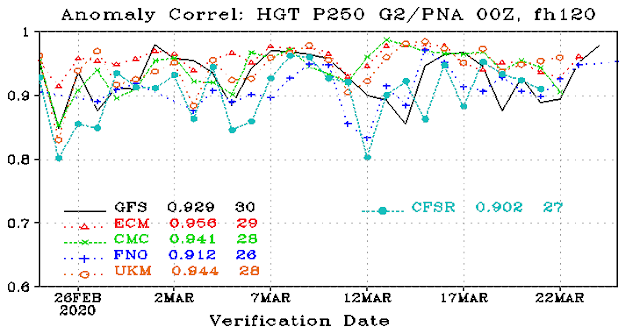Washington State has immense resources to apply to the coronavirus crisis.
One of the leading university medical centers in the world.
Major biotech firms and a huge foundation dedicated to health science (Gates Foundation)
The world's leading logistics and delivery firm (Amazon).
One of leading brick and mortar food and supply firms (Costco)
World-leading software and machine learning firms and expertise (e.g., Microsoft, Amazon)
One of the leading tech centers in the world.
Our state has intellectual, scientific, technological, and financial resources equivalent to those of many nations.
Might we take a leadership role in tackling this crisis, not only for ourselves, but for the rest of the world as well?
Could Washington State lead the nation in heavily investing in a complementary approach to social distancing, online learning, and sending people home from work? Might Washington State fill the void left by an ineffective Federal response?
Importantly, could the current environment of despair and fear, be replaced with a more empowered one?
Imagine the following path in the future.
One in which local businesses and academic, put state capabilities on an immediate "war footing" to address the threat.
On March 18th, The University of Washington and major regional biotech firms, with the financial support of the Gates and Bezos foundations, announce that they will rapidly build the capacity to provide 100,000 tests a day for the coronavirus in Washington State, with results available within hours. This includes the purchase of several Roche cobas 6800 systems that will have the capacity of processing over a million tests per month. Such testing capacity is expect to be in place by April 10.
Governor Inslee announced on the same day that the test will be immediately available to all doctors and hospitals and that 50,000 test per day will be dedicated to random sampling of state residents. Testing at this level began on April 3rd.
Governor Inslee noted that anyone with a positive test will be experience mandatory quarantine. He further noted that a new state fund will cover the salary of any quarantined individual.
"South Korea showed that potential of coupling massive testing with quarantine, and we will take this approach to a new level", announced the Governor.
The Governor also noted that all skilled nursing and other retirement communities will require all patient and caregivers to be tested, as will all visitors. " We must take all steps required to prevent our most vulnerable citizens from being exposed to this threat".
Jeff Bezos, leader of Amazon, announced on March 17th that Amazon would deliver food and other necessary supplies without delivery charge during the next 30 days. "We will extend this offer, if the situation does not resolve itself," said Bezos. "And considering that many people are home-bound, we will make all content on Amazon Prime freely available to the general public. Amazon runs the biggest supply chain system in the world, and we will use it to assure food and other supplies will reach all home-bound" patients", said Bezos.
Costco also joined the effort, with a temporary program of no-cost delivery and the new ability to pre-order and pick up orders outside of any warehouse. "No Costco shopper need to enter a store to purchase any of our products", noted Costco CEO W. Craig Jelinek.
A major issue had been the relatively simple modeling used to predict coronavirus spread and deaths, and their relative poor performance. On March 16th, a joint effort between the University of Washington, the Gates Foundation, and the data analytics groups of Microsoft and Amazon was initiated to produce state-of-science predictive modeling for coronavirus by early April. "
Microsoft has huge capacity in predictive analytics and machine learning, with particular expertise in the medical area. Coupled with the expertise of the University of Washington and others, we will build the capability to more skillfully predict the trajectory of COVID-19 using the increasing volume of data assets" explained Microsoft CEO Satya Nadella.
By June the effects of massive testing and quarantine, coupled with the isolating of the most vulnerable elderly and infirm as well as social distancing, resulted in a significant decline of new cases, with regional loss of life in Washington State far more limited than initially expected. The beneficial role of warmer weather and contribution of the large pool of now-immune young people who had mild or little symptoms may also have been important in lessening the impact of COVID-19.
Addendum: Why Massive Testing of the Population is How We Get Out of This
Social distancing may be a useful, short-term stop gap, but in the end something more effective is needed. Social distance can buy time, but it is essentially kicking the can down the road, and society can not keep it in place for long without undermining its ability to function, Economic activity will collapse.
The key aspect of social distancing is to prevent large portions of the population from getting in contact with an infected individual. It does this by shutting down all avenues of interaction and gathering. It is a blunt tool with significant negative impacts (e.g., cancellation of schools or degradation of teaching).
Far better to use a more precise tool: massive testing.
Find the infected individuals and take them out of circulation. Much more effective and less damaging. This allows society to function, but it requires the ability to give tens of thousands of tests per day or more, something that is technologically well within our reach.
Another issue with social distancing is that you can never cut off interactions completely--leaving a continuous base of cases and as soon as you pull back the restraints, the virus can explode again.
























































